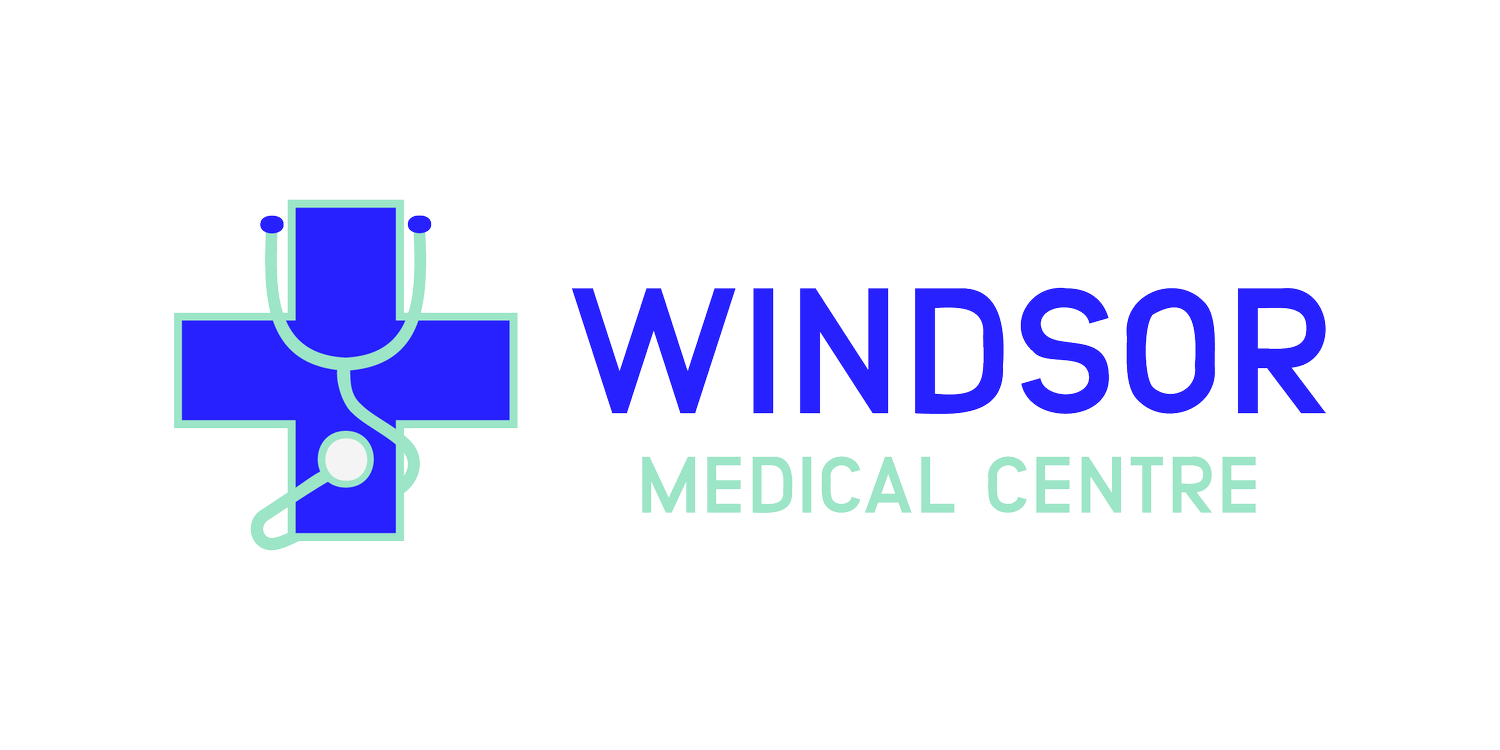Medicinal Cannabis.
Humankind and cannabis share a long history…

Archaeologists have documented humans use of cannabis as far back as 3500BC and throughout history have identified the therapeutic potential of this plant. Cannabis has been cultivated by humans over the years to manage the symptoms of many conditions.
Cannabis was a commonly prescribed medicine in the UK during the 19th and 20th century. It was prescribed as a treatment for conditions such as melancholia, migraines, sleep aid, analgesic and anti-convulsant. It was only the law changes of 1971, when the Misuse of Drugs Act came into force, that cannabis became illegal. This elimination from the medical pharmacopoeia was contested by doctors at the time.
Despite its illegal status, cannabis could still be researched in certain parts of the world such as Israel. In 1992, at a Hebrew University in Jerusalem, Dr. Lumir Hanus along with American researcher Dr. William Devane working in Raphael Mechoulam’s Laboratory, discovered the endocannabinoid system.
Since this discovery, cannabinoid researchers have identified endocannabinoid receptors in the central nervous system, the internal organs, connective tissues, glands and immune cells. These receptors act as a lock and key with the phytocannabinoids found in cannabis, unlocking signalling activity or blocking receptor function. The presence of these receptors in the central nervous system in particular, mean that cannabis medicines have been proven to be extremely effective in the treatment of pain..
More about Cannabis Medicines
Windsor can prescribe medicines to treat long term conditions associated with chronic pain and conditions such as PTSD. Cannabis-based product for medicinal use in humans (CBPMs) are amongst the options we can make available. CBPMs are relatively new medicines available for prescription in the Jersey.
How do CBPMs Work?
In 1992, scientists at the laboratory of Raphael Mechoulam in Jerusalem discovered the naturally occurring endocannabinoid system, often abbreviated to ECS. This system exists in the bodies of almost all animals including human beings. The ECS is a system of receptors, situated on certain cells, that cannabinoids can bind to and through which they enact their medical effects.
The body produces its own cannabinoids all the time. Examples of which include Anandamide and 2-Arachidonoylglycero. Between them, they appear to be responsible for the regulation of physiological functions such as, cognition, management of pain, appetite regulation, memory, movement control and emotion. However, in some cases the production of these cannabinoids may become unbalanced. Phyto-cannabinoids, which is the term used to refer to the cannabinoids found in cannabis, mimic the actions of these endogenous compounds. Using cannabis-medicines may help to restore this balance.
What is Cannabis?
Cannabis is a herbaceous plant indigenous to Central Asia. First records of use in medicine date back many thousands of years. Cannabis features extensively in traditional Chinese Medicine and ancient Arabic and Indian cultures. It was commonly present in over-the-counter medicines in Europe and the UK from its introduction in the 1840’s until the mid 20th Century.
What are Cannabinoids?
Cannabinoids are active chemical compounds that act on specific cannabinoid receptors within the body. They are produced both within the human body (endo-cannabinoids) and in the cannabis plant (phyto-cannabinoids).
There are currently well over 100 cannabinoids that have been discovered in the cannabis plant. Currently the most researched are THC and CBD. At present, the vast majority of cannabis medicine products focus on these two central active ingredients.
There is also research being undertaken on the action of terpenes and flavonoids found within the cannabis plants and their potential role in the medical applications of cannabis medicines. These are not cannabis specific compounds however, and are found in many common foods and plants.

